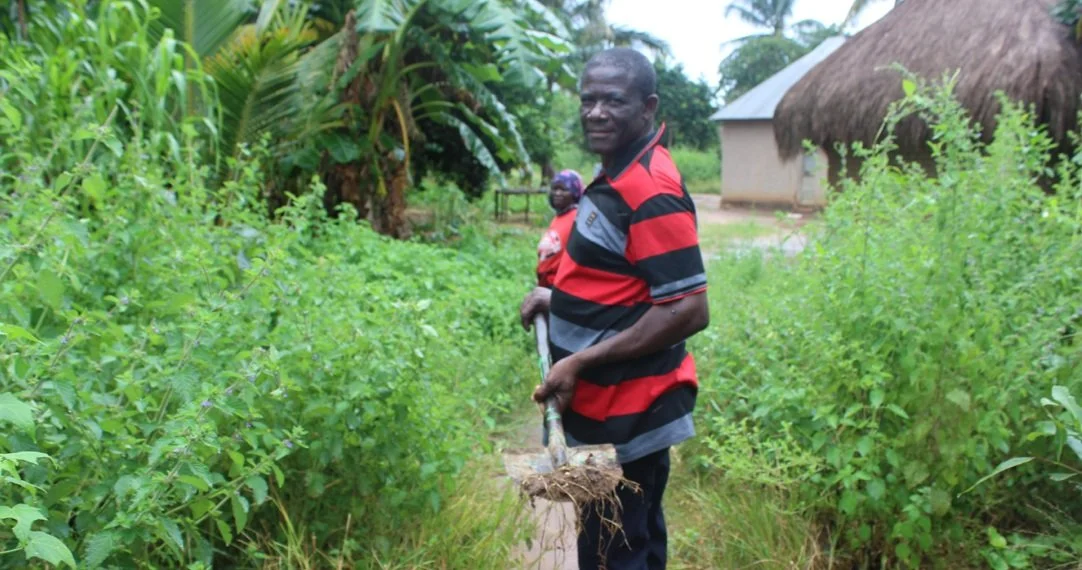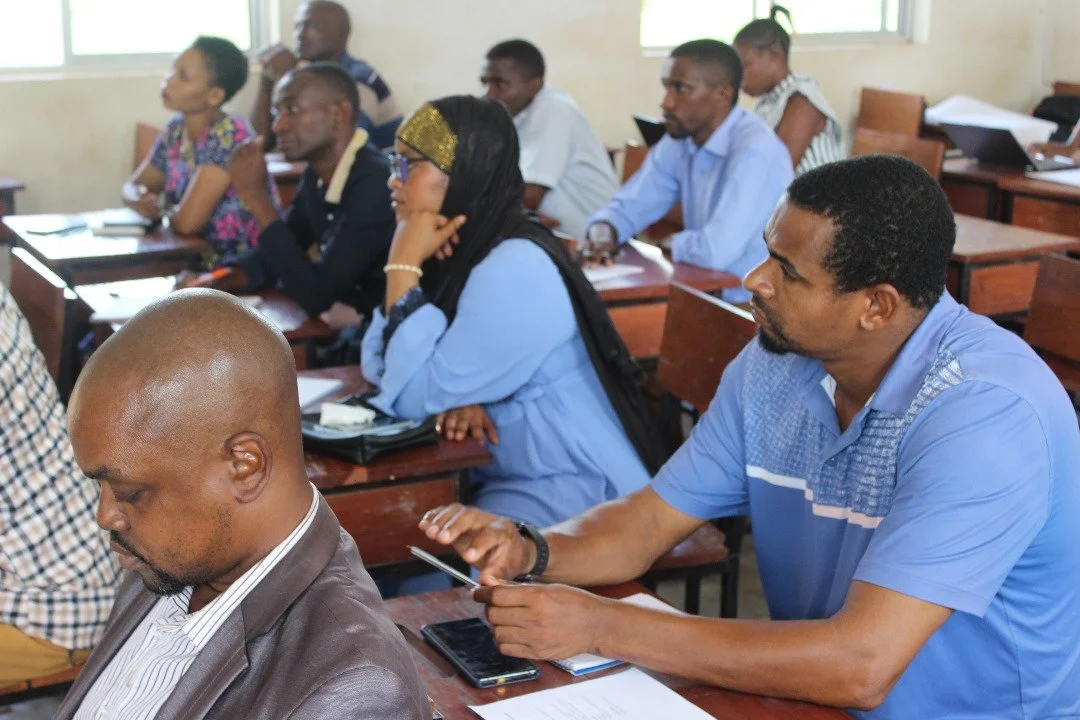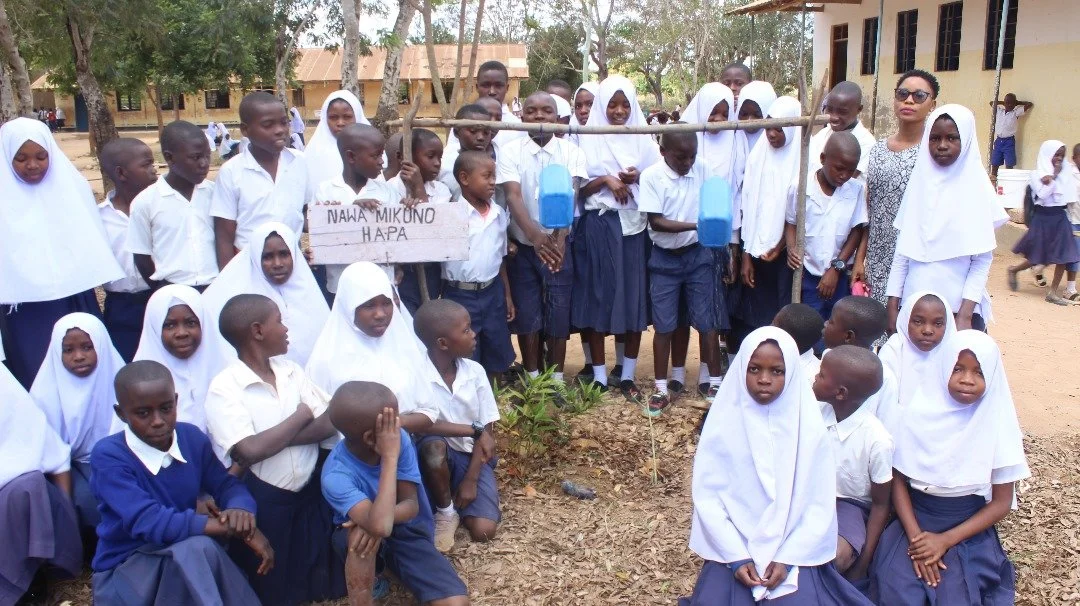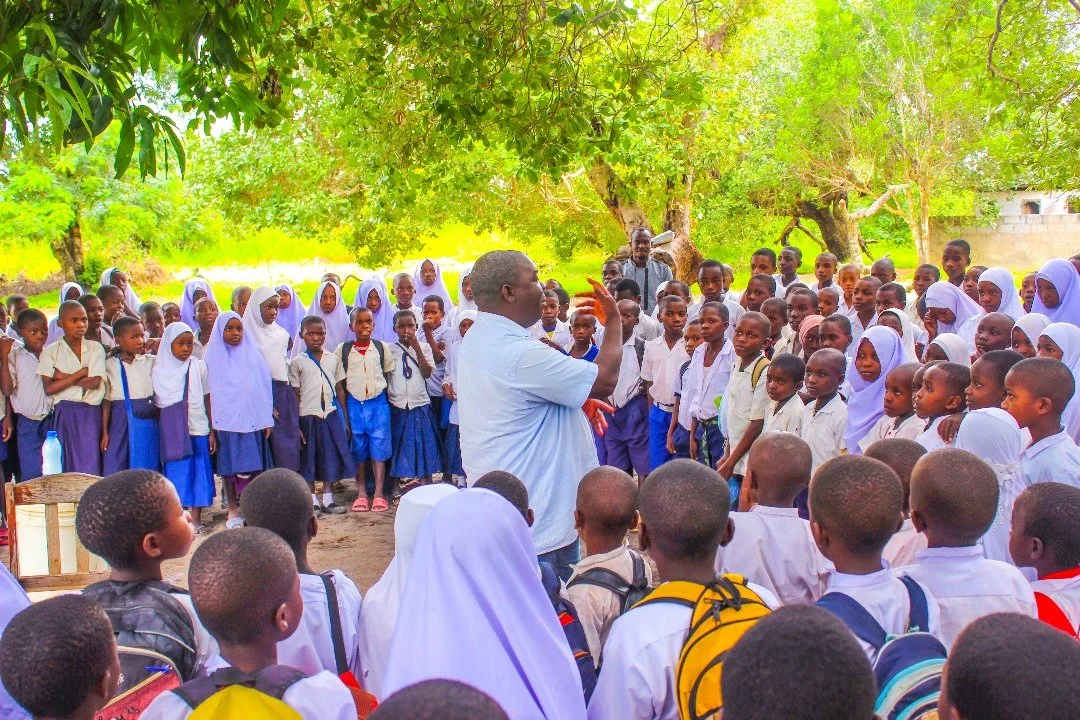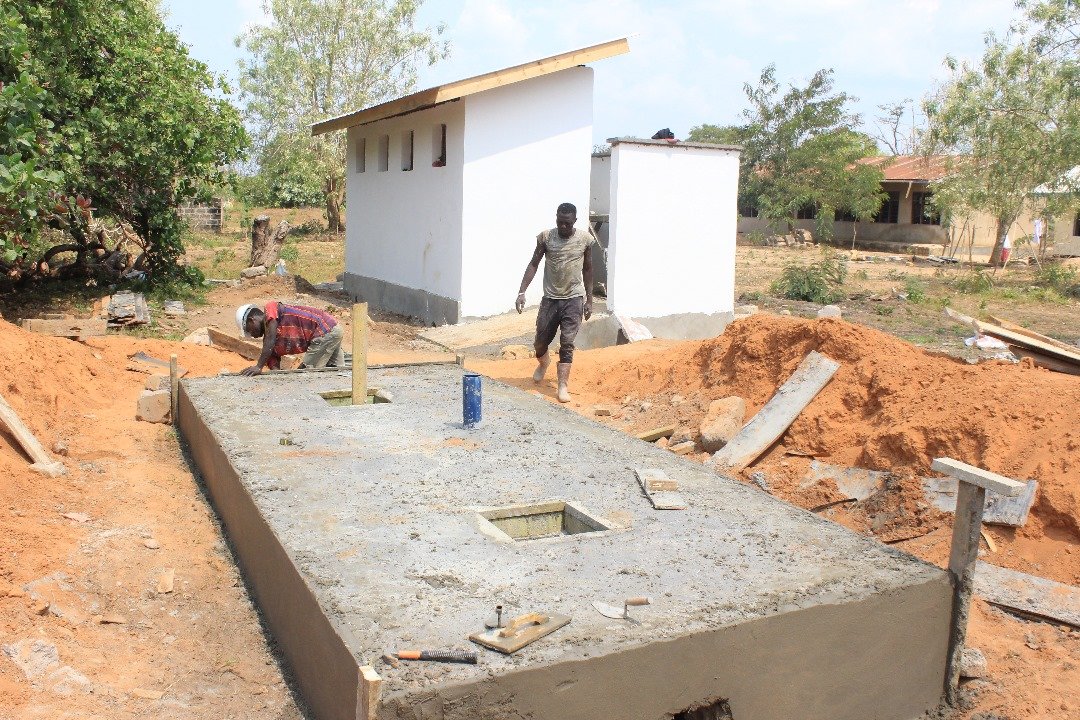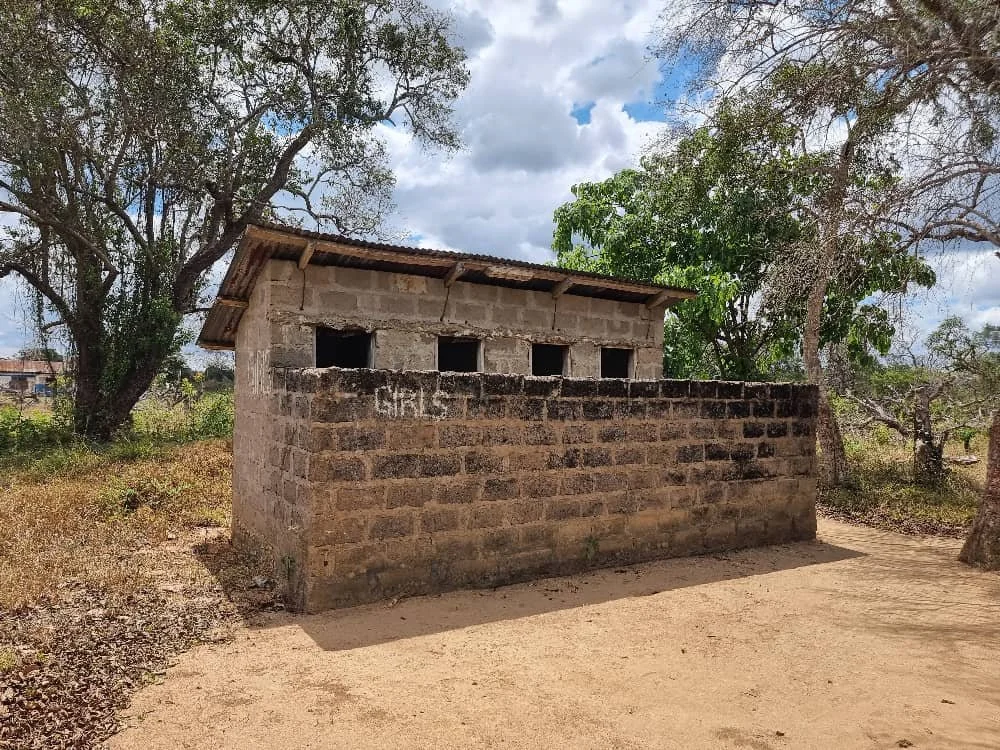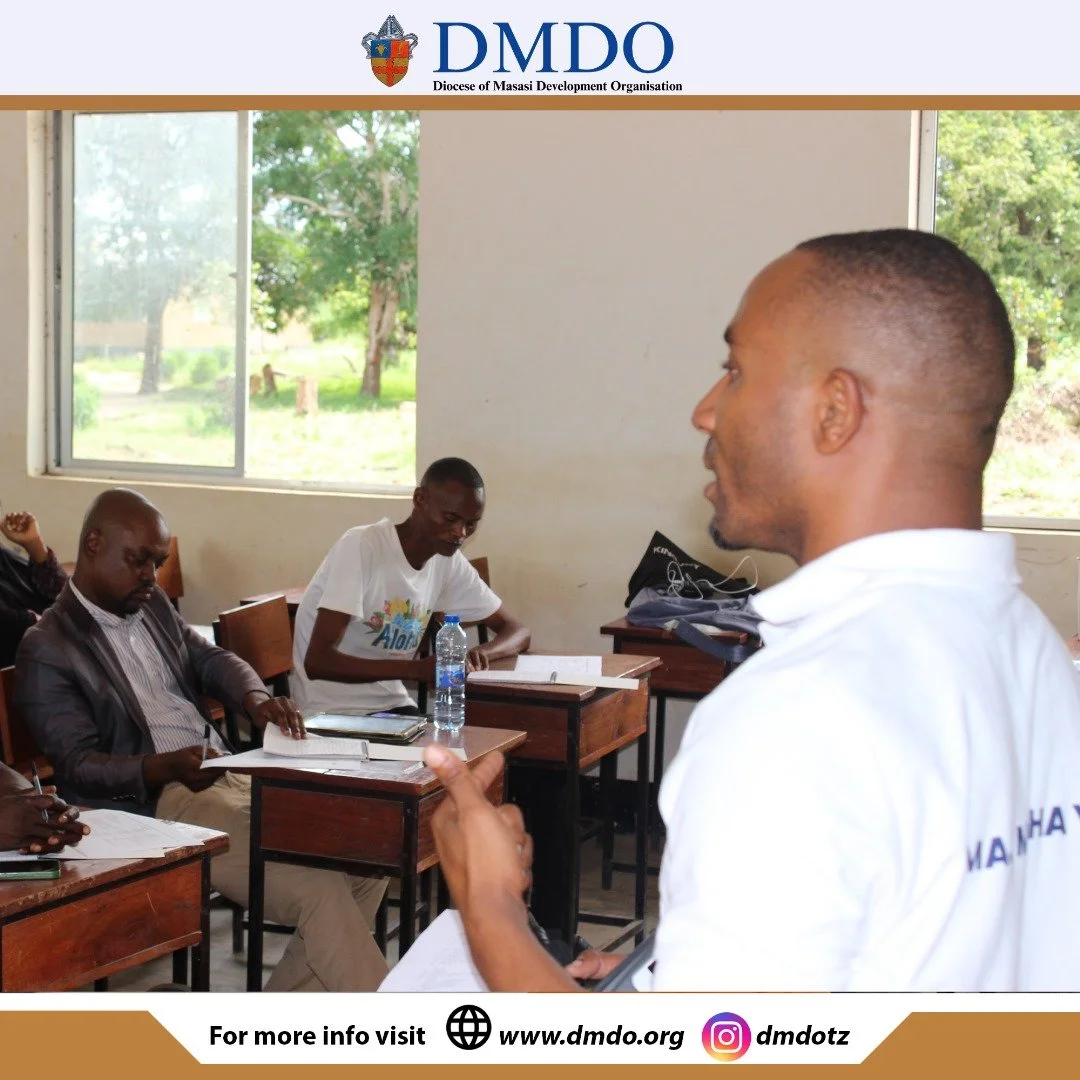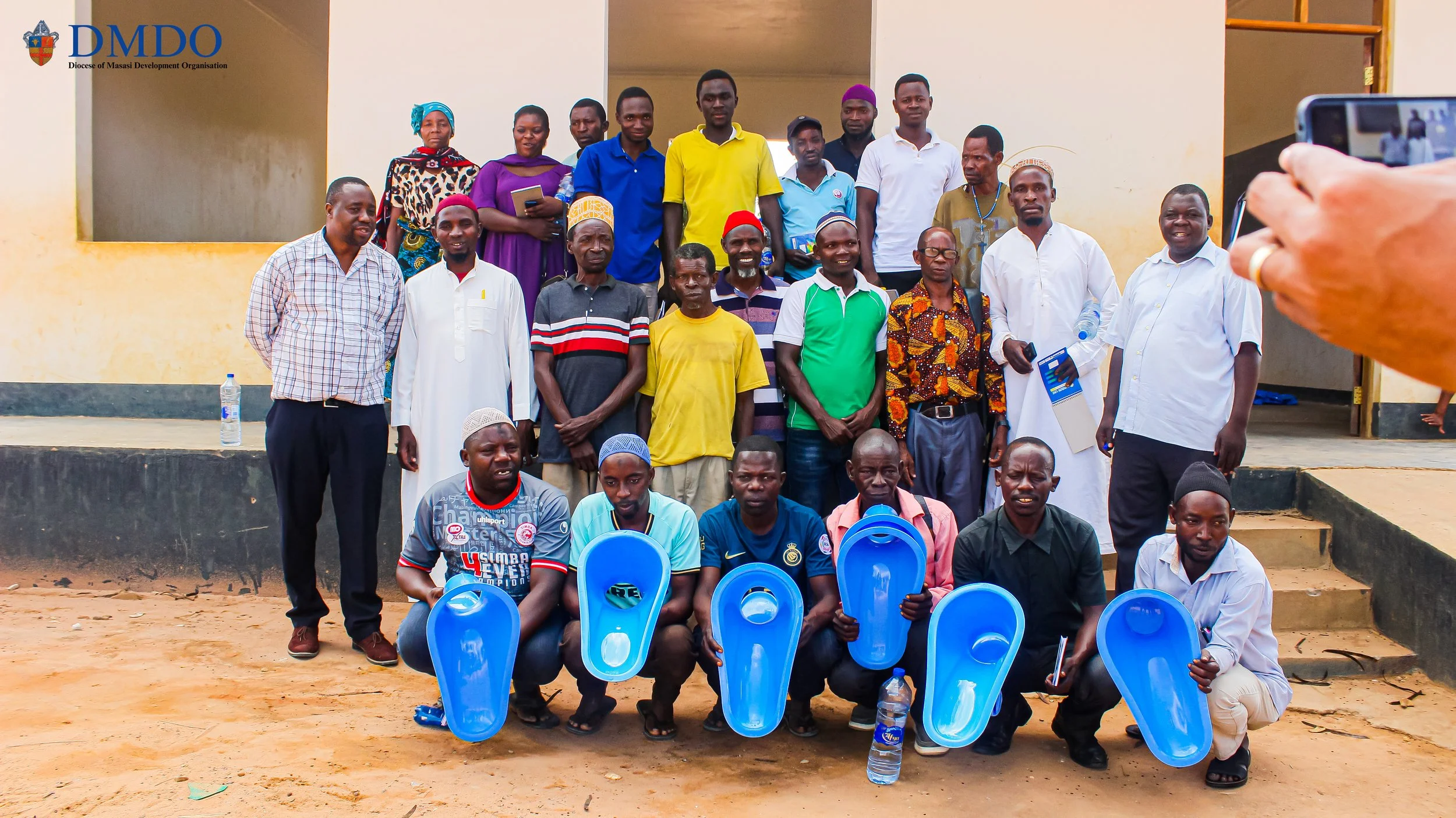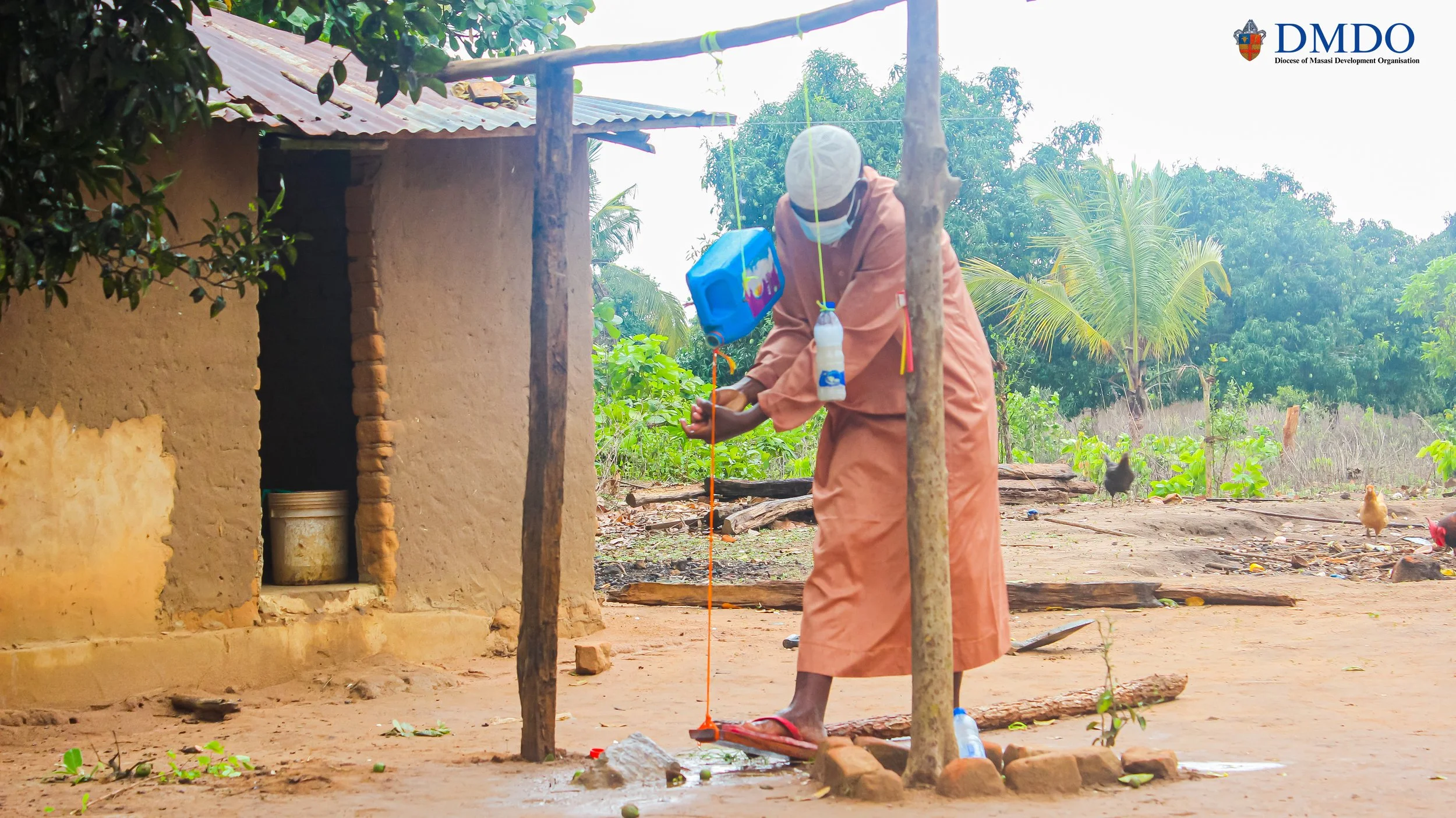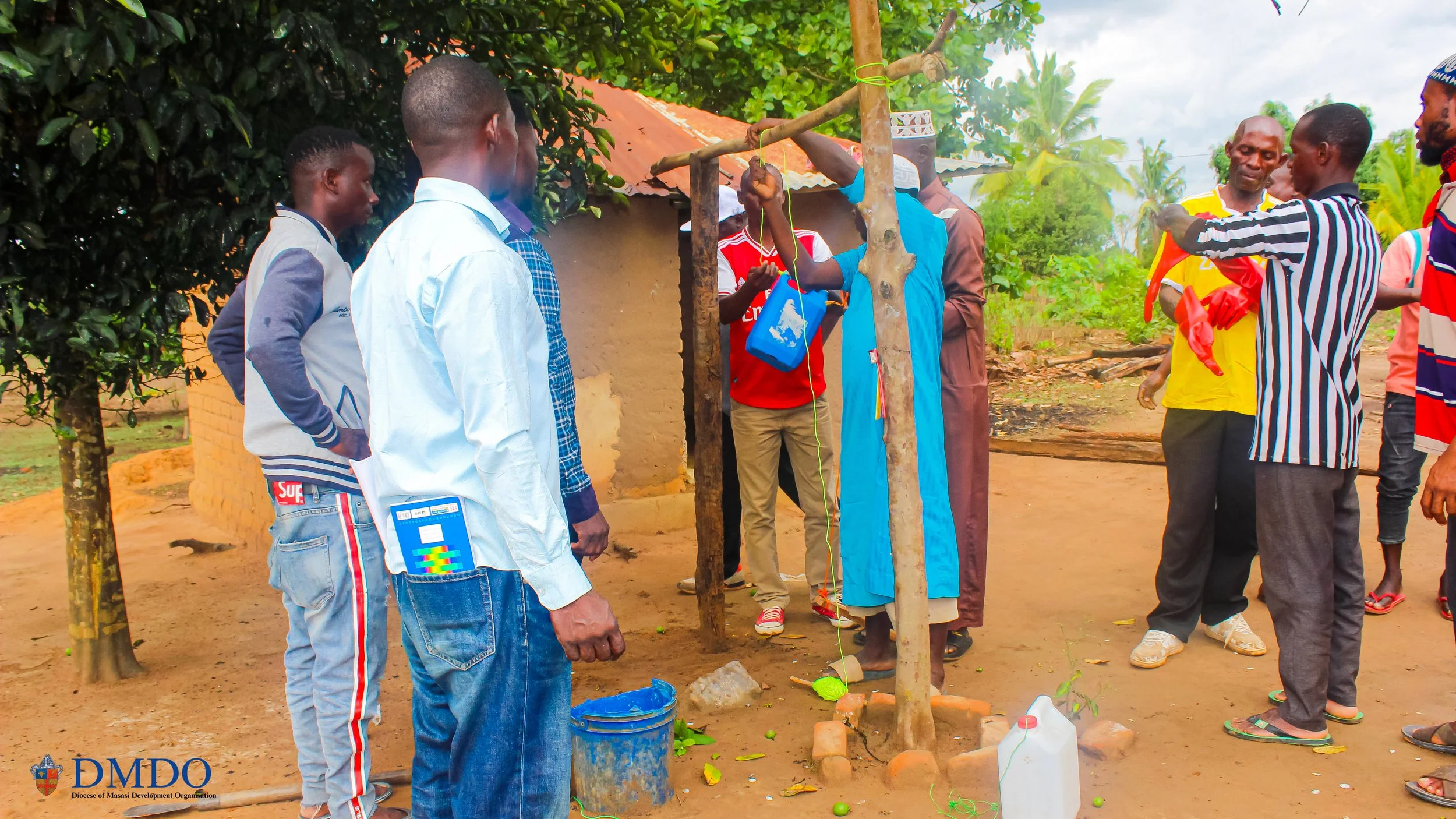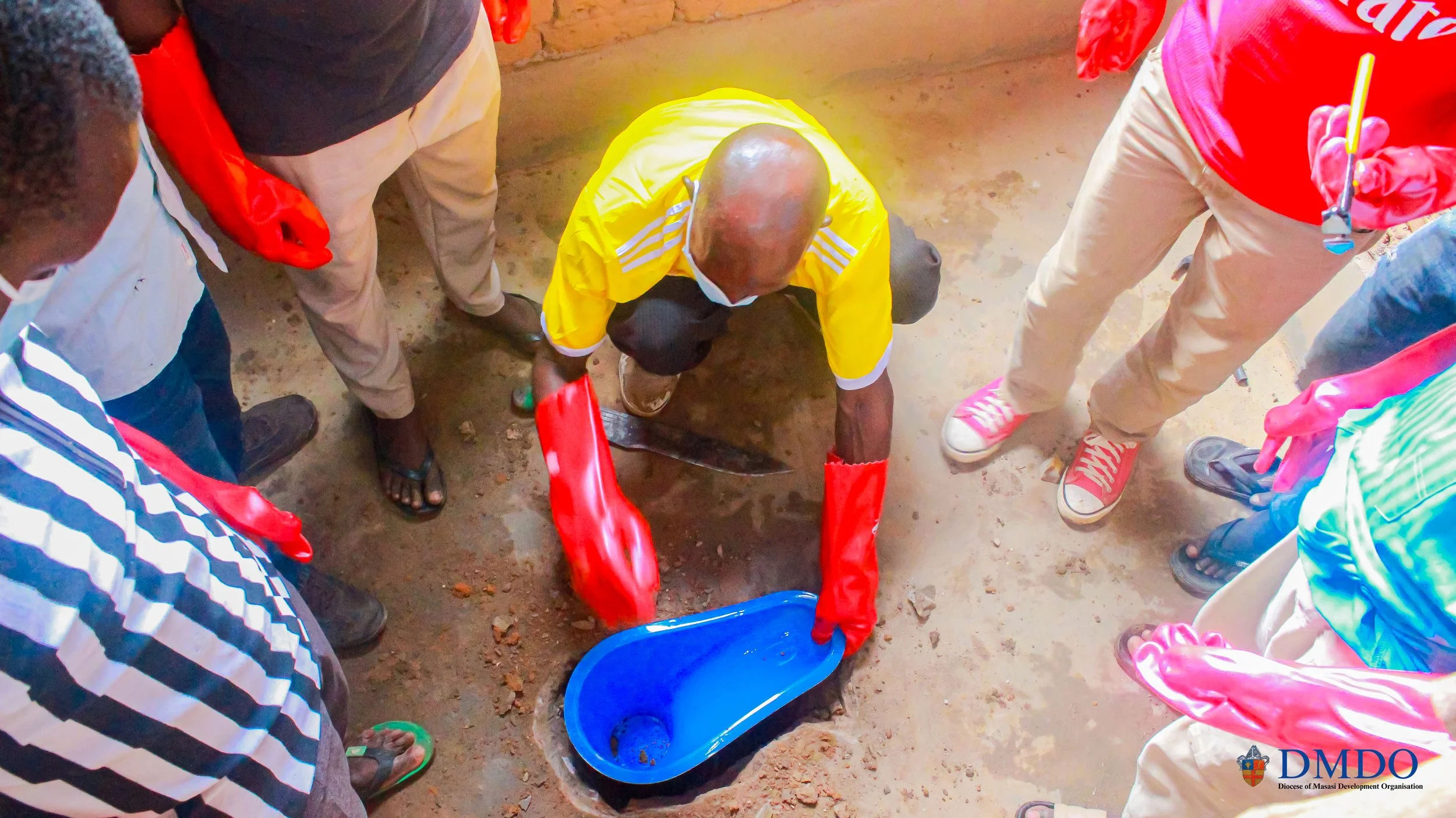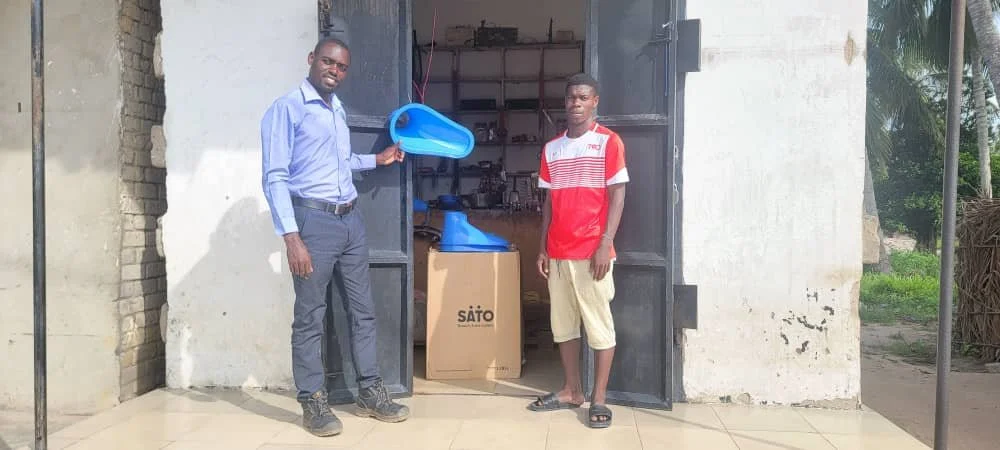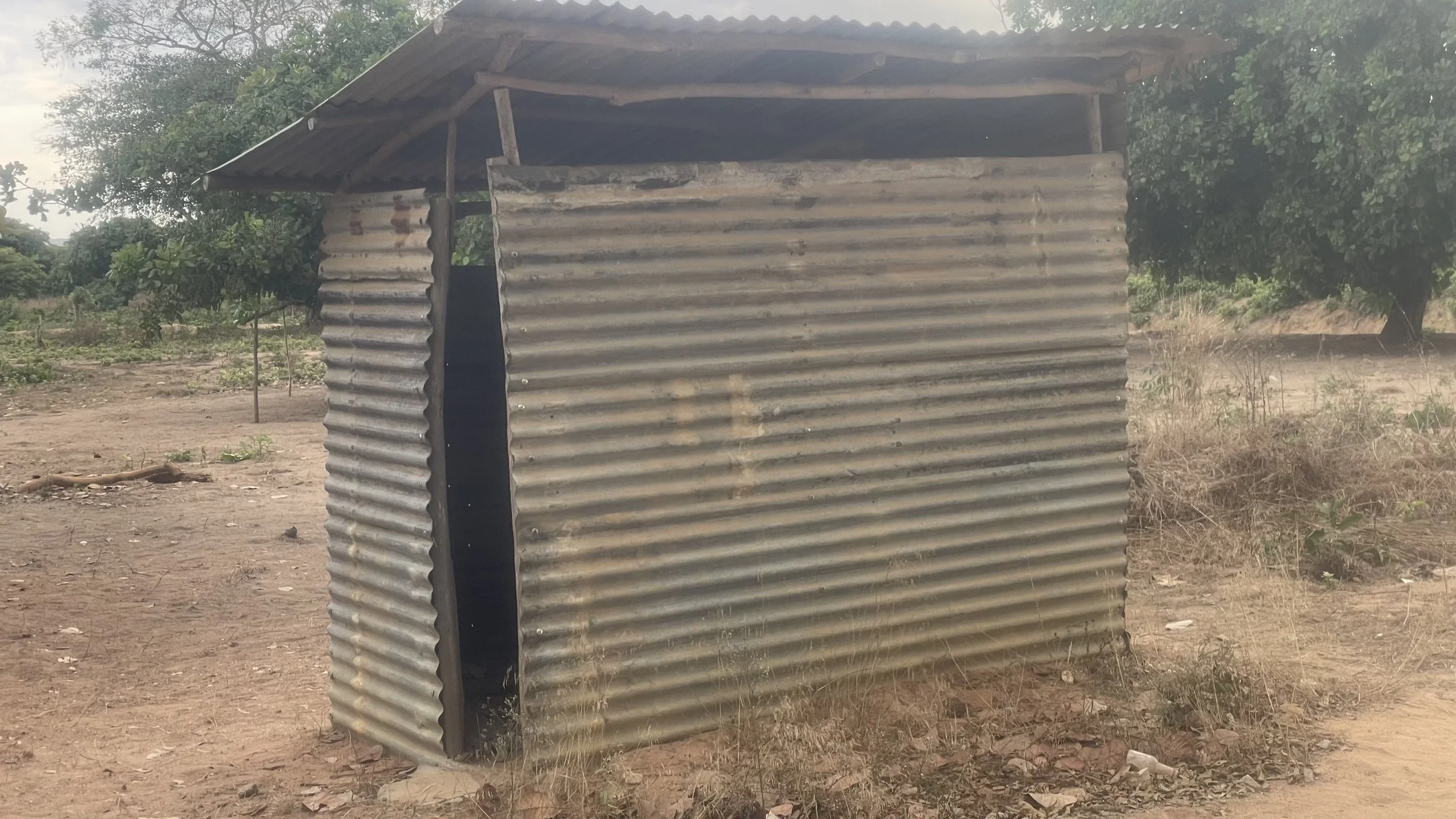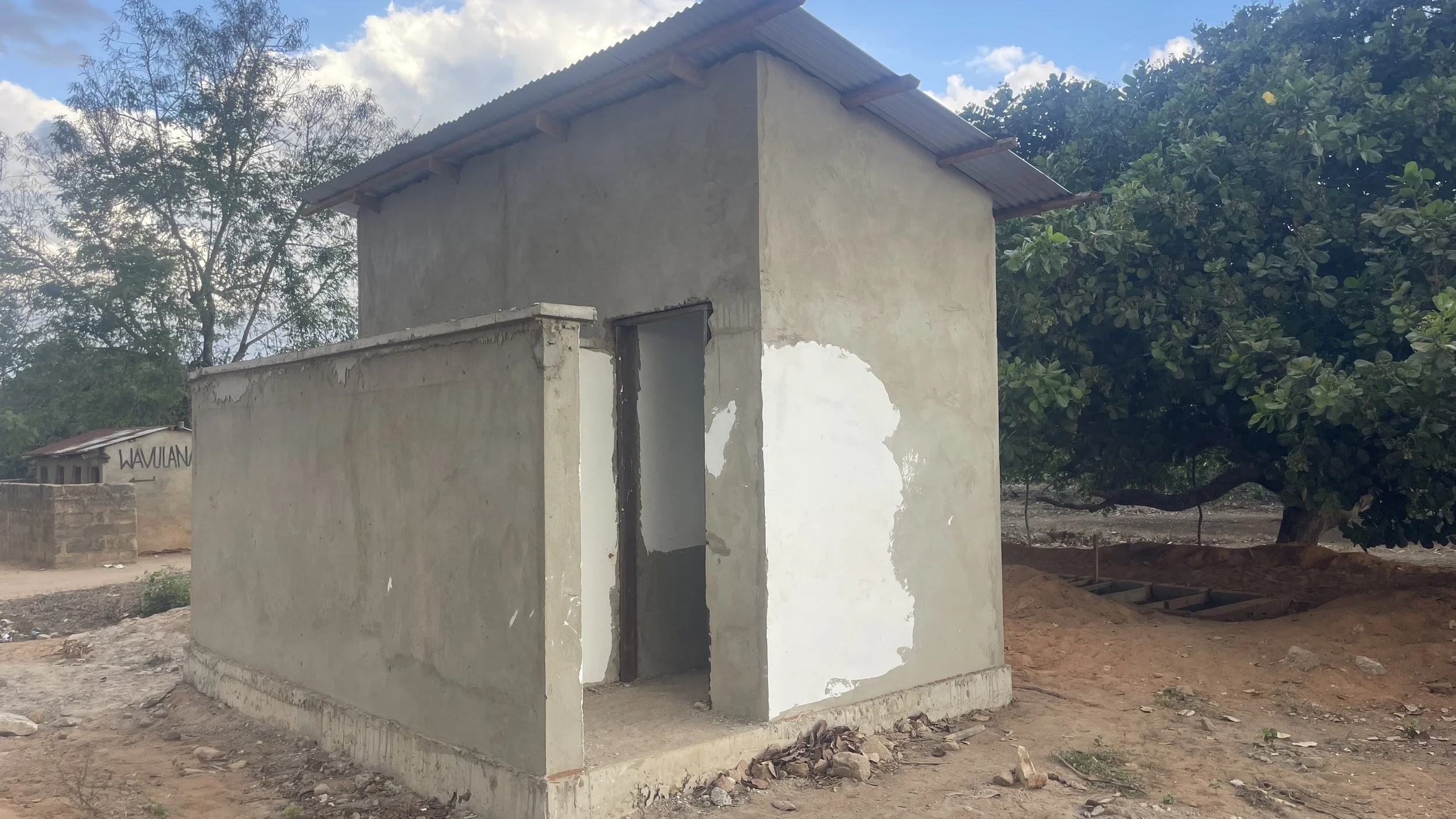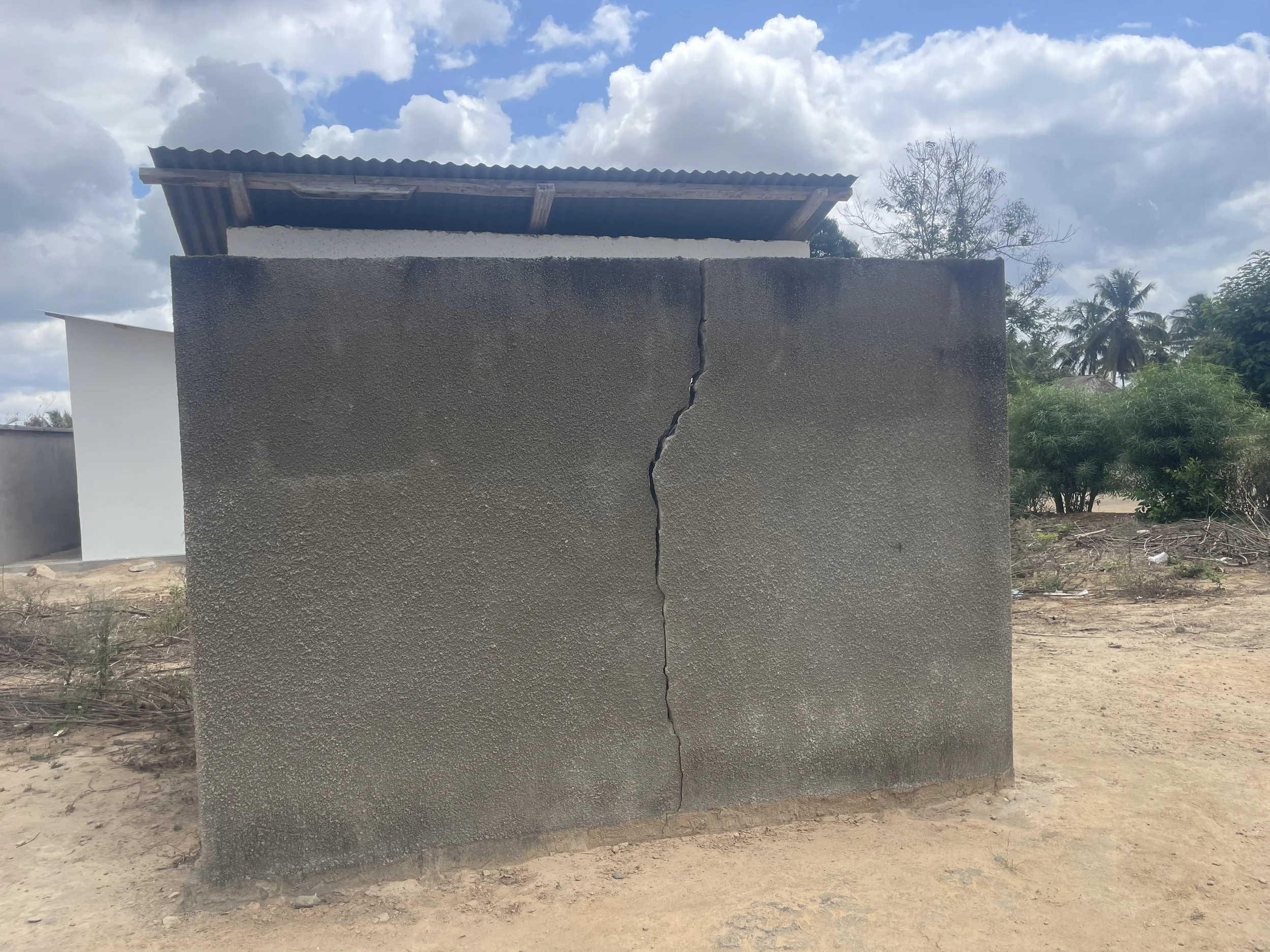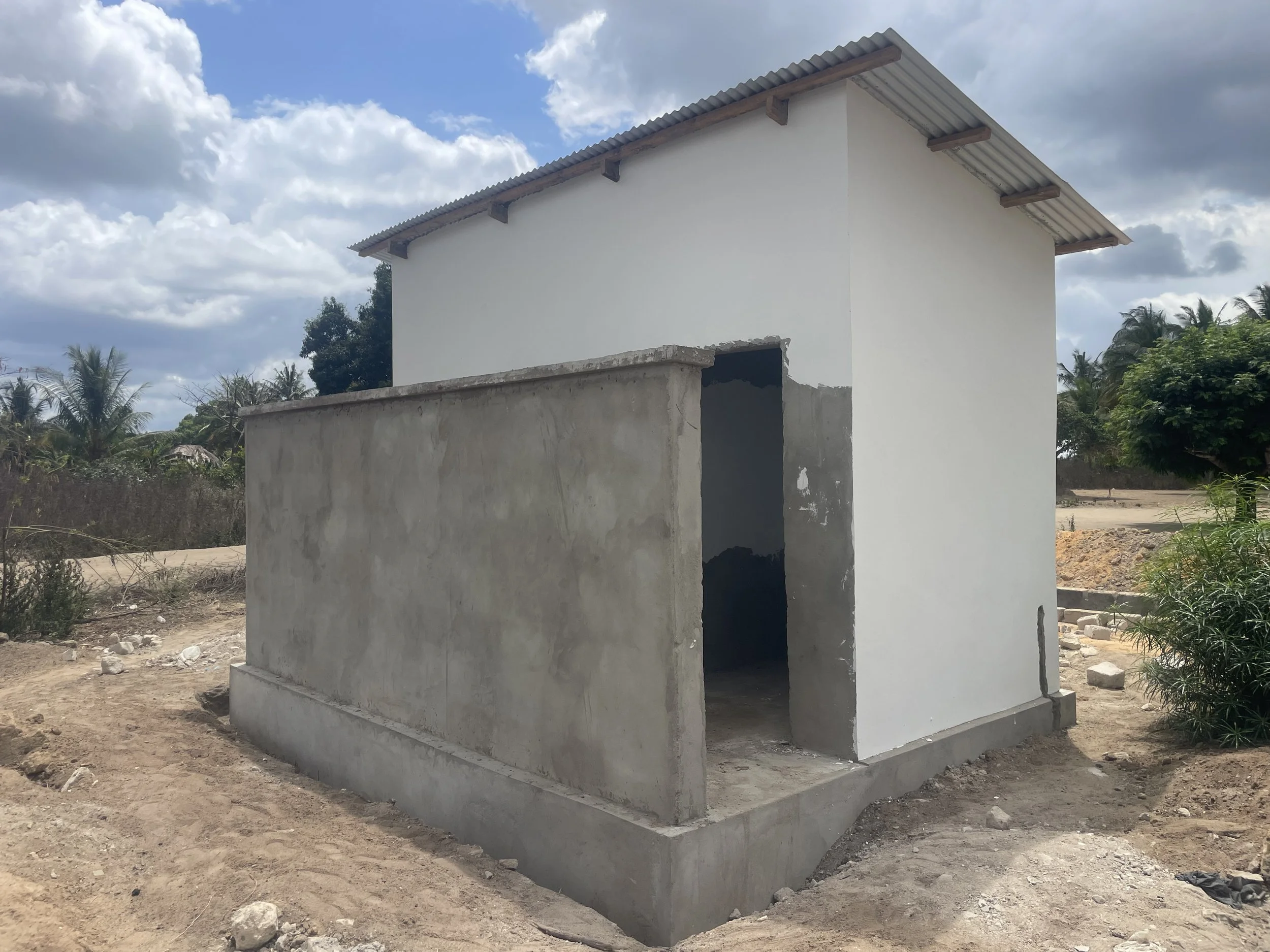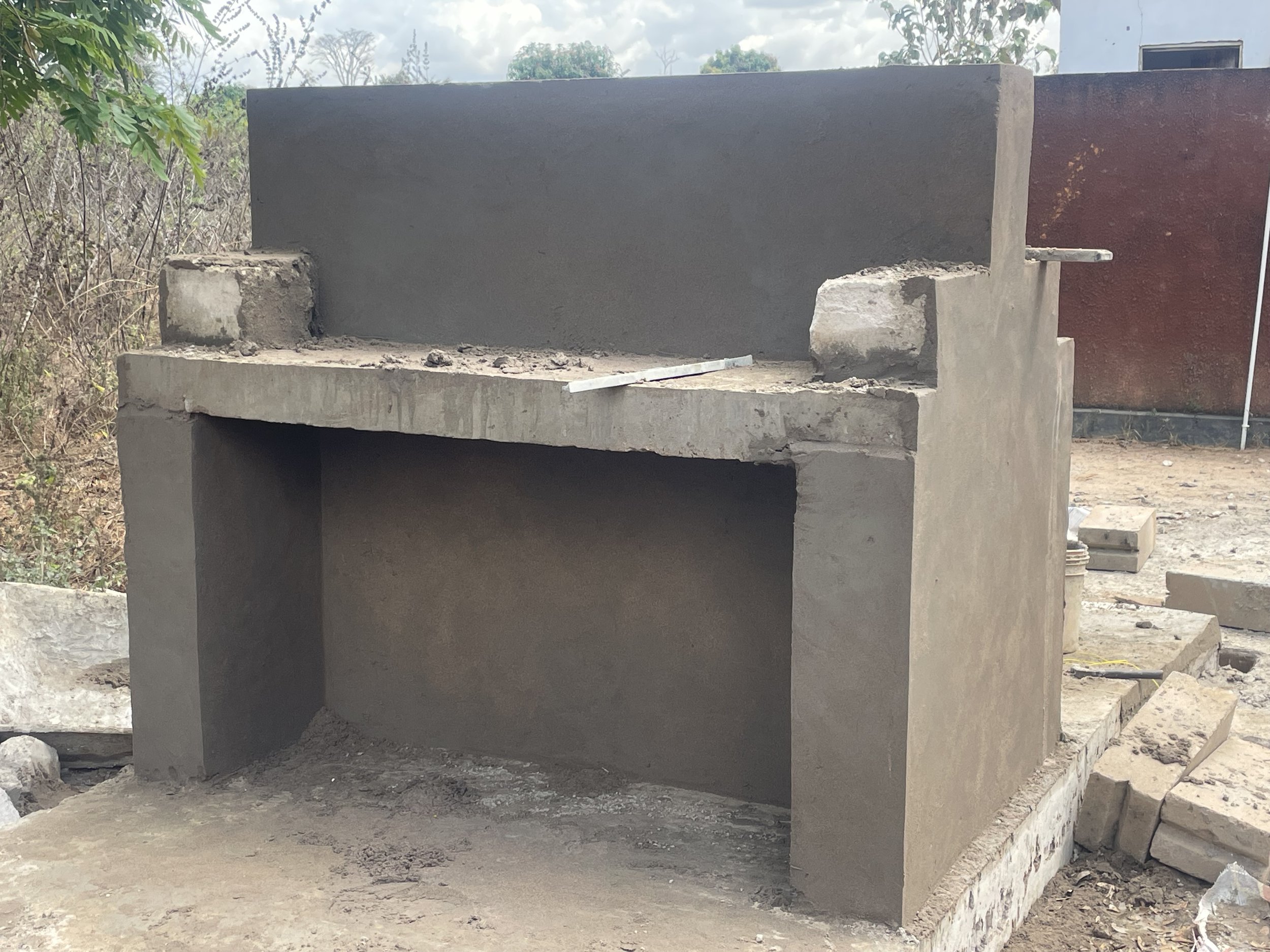
Sanitation & Hygiene
“Improved sanitation and hygiene in schools, health facilities and households is a crucial component in enhancing the quality of life, improving public health, and fostering sustainable development.
Our objective is to move communities up the ‘sanitation ladder’.”
The Sanitation Ladder
The Sanitation Ladder is a framework used to assess and improve sanitation services by categorizing different levels of sanitation access. It helps track progress toward better sanitation by identifying where communities stand and what improvements are needed.
The Sanitation Ladder
Helps governments and organisations plan sanitation improvements
Measures progress towards Sustainable Development Goal 6 (SDG 6)
Encourages step-by-step improvement rather than just focusing on the end goal
The Sanitation Ladder in the Communities
How Are We Doing?




